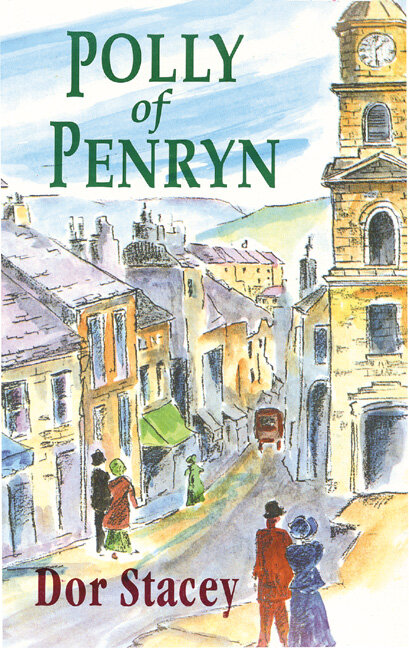The Riddle of Bronzino
Lust, deceit and disease lurk within the strange painting called An Allegory with Venus and Cupid created by Bronzino in Florence around the year 1540 and now hanging in the National Gallery in London. Venus and Cupid are nude and kissing lasciviously. Also in the painting are Time; a screaming figure; a person or mask with the back of its head missing and a weird creature, whose upper part is a pretty girl and lower half some kind of reptile.
The meaning of the painting is a mystery. At present it is thought to be about syphilis, but it was probably a diplomatic gift sent to King Francis I of France when he was dying, possibly of syphilis: would he have appreciated a painting about the disease that was killing him?
The Riddle of Bronzino takes a relaxed, discursive look at the figures and objects in the painting and at when, why and how it was created. This leads to the discovery of a new multi-layered solution to the riddle of its meaning and shows that, as well as being a beautiful object of historical interest, the Allegory is a psychologically penetrating image of relevance today.
ISBN: 9781852001902
Size: 217x140mm
Binding: hardback
17 colour plates and illustrations
Length: 383pp
Lust, deceit and disease lurk within the strange painting called An Allegory with Venus and Cupid created by Bronzino in Florence around the year 1540 and now hanging in the National Gallery in London. Venus and Cupid are nude and kissing lasciviously. Also in the painting are Time; a screaming figure; a person or mask with the back of its head missing and a weird creature, whose upper part is a pretty girl and lower half some kind of reptile.
The meaning of the painting is a mystery. At present it is thought to be about syphilis, but it was probably a diplomatic gift sent to King Francis I of France when he was dying, possibly of syphilis: would he have appreciated a painting about the disease that was killing him?
The Riddle of Bronzino takes a relaxed, discursive look at the figures and objects in the painting and at when, why and how it was created. This leads to the discovery of a new multi-layered solution to the riddle of its meaning and shows that, as well as being a beautiful object of historical interest, the Allegory is a psychologically penetrating image of relevance today.
ISBN: 9781852001902
Size: 217x140mm
Binding: hardback
17 colour plates and illustrations
Length: 383pp
Lust, deceit and disease lurk within the strange painting called An Allegory with Venus and Cupid created by Bronzino in Florence around the year 1540 and now hanging in the National Gallery in London. Venus and Cupid are nude and kissing lasciviously. Also in the painting are Time; a screaming figure; a person or mask with the back of its head missing and a weird creature, whose upper part is a pretty girl and lower half some kind of reptile.
The meaning of the painting is a mystery. At present it is thought to be about syphilis, but it was probably a diplomatic gift sent to King Francis I of France when he was dying, possibly of syphilis: would he have appreciated a painting about the disease that was killing him?
The Riddle of Bronzino takes a relaxed, discursive look at the figures and objects in the painting and at when, why and how it was created. This leads to the discovery of a new multi-layered solution to the riddle of its meaning and shows that, as well as being a beautiful object of historical interest, the Allegory is a psychologically penetrating image of relevance today.
ISBN: 9781852001902
Size: 217x140mm
Binding: hardback
17 colour plates and illustrations
Length: 383pp
About the author:
Richard Auty
The author is a retired physician, professor of medicine and senior executive in the pharmaceutical industry. He has lived and worked in the UK, Nigeria, Malawi and the USA, and has had a long-standing interest in history and art appreciation. He spent several years researching and writing this book after reading, and being unconvinced by, a paper in the Journal of the Royal Society of Medicine which discussed the idea that Bronzino’s famous painting includes a representation of syphilis.






























